On Monday, the small Alaskan community of Utqiaġvik, located 320 miles north of the Arctic circle, finally saw the sun again after 65 days of darkness. Despite the brief glimpse, with the sun rising at 1:03 p.m. and setting at 2:15 p.m., the residents of Utqiaġvik were overjoyed to see the sun again after the last one was seen on November 18, 2022.
Photographer Mark Mahaney traveled to the northernmost town in the U.S. to document the first sunrise of the year and to hear from the residents, police and Iñupiat Alaskan Natives about what it’s like to live in the dark. He described the town during the winter as an “energetically heavy place.”
“It was a very intense place to be during that time of year in the town. The crime spikes, different abuse goes up,” said Mahaney. “The local police department gets random calls from citizens saying that they feel disoriented, that they don’t know what time of day it is, or they don’t know the day of the week it is.”
As the days progress, the residents of Utqiaġvik will have the opportunity to experience an increasing amount of sunlight. In the coming days, the town will see an additional 25 minutes of sun each day. By the time February rolls around, residents can expect to see an extra 10 minutes of daylight each day. As we move into mid-March, the town will be bathed in sunlight for 12 hours a day. Even on March 23rd, when the sun dips below the horizon, the town will remain in a state of twilight throughout the entire night.
The residents of Utqiagvik, also known as Barrow, will have to wait until April 23rd for complete darkness again. However, starting May 12th, 2023 the town will be bathed in the light of the midnight sun, with the sun remaining visible until August 2nd. Despite the sun being below the horizon during winter, the low angle of the sun ensures that the town is enveloped in a perpetual state of twilight.

Utqiaġvik Residents Welcome the Sun After 65 Days of Darkness
Latest from Nature

Wildlife Break‑In at Ashland ABC Store: How a Drunk Raccoon Ended Up Passed Out in the Bathroom
Ashland ABC Store Raccoon Incident – Wildlife Breach Report 🦝 Wildlife Incident Report When a Masked Bandit Ransacked a Liquor Store Inside the November 2025 wildlife breach at the Ashland ABC store

Delhi Southern Ridge Gets 4,080-Hectare Shield After 31 Years As ‘Three Decades’ Delay Sparks Encroachment Concerns
Delhi Southern Ridge Forest Protection: 31-Year Journey to Legal Shield Skip to main content Environmental Milestone Delhi’s Southern Ridge: 31-Year Wait for Forest Protection Ends 4,080 hectares of the capital’s vital green
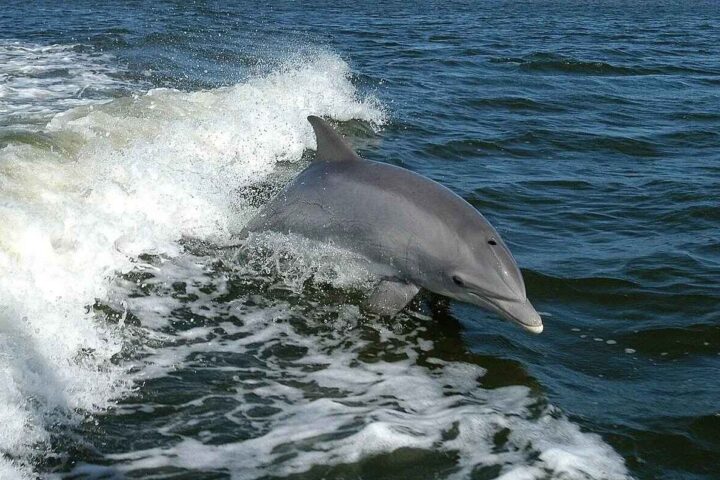
Toxic Algal Blooms Trigger Alzheimer’s Brain Changes in Florida Dolphins, Human Risk Studied
Dolphins in Florida Show Alzheimer’s-Like Brain Changes Marine Science & Health Florida Dolphins Show Alzheimer’s-Like Brain Changes Linked to Toxic Algal Blooms Research connects neurotoxins from harmful algal blooms to brain changes

Court Says Agencies Broke Laws On Knotty Pine; “Can’t Ignore Facts Or The Law” In Cabinet‑Yaak Grizzly Habitat
Environment Federal Court Says Agencies Broke Laws on Knotty Pine Logging in Montana Grizzly Country Subheading: A quick, visual summary with quotes, key figures, a compact timeline, and a short quiz—kept simple
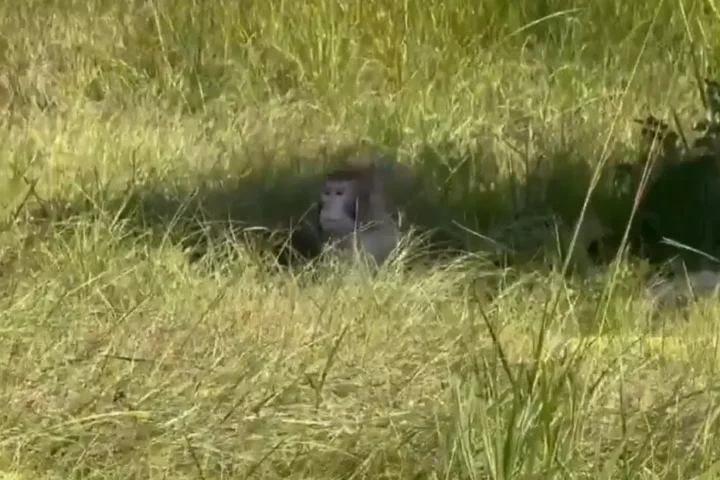
Mississippi Monkey Escape: 3 of 21 Lab Primates Still Missing After I-59 Truck Crash Near Heidelberg
⚠️ Ongoing Incident Mississippi Highway Crash Leaves Research Monkeys on the Loose 📅 October 30, 2025 📍 Jasper County, Mississippi ⏱️ 4 min read A rhesus macaque sits in roadside grass beside
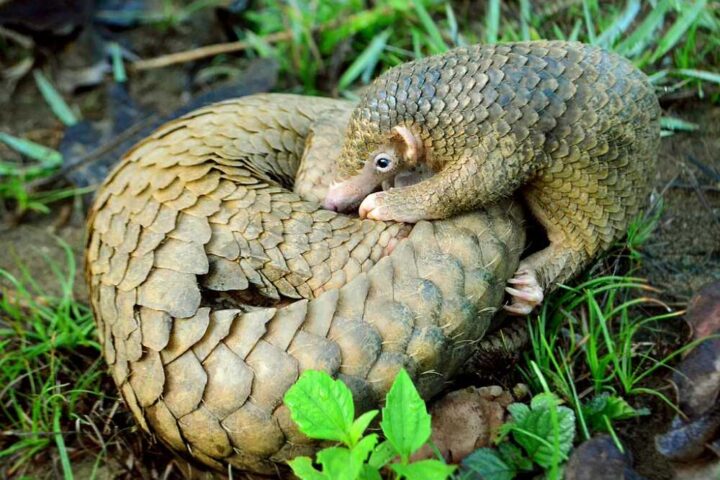
Nigeria Wildlife Trafficking Penalties: ₦12m Fines And “Up To 10 Years,” Senate Says
Nigeria’s New Wildlife Trafficking Penalties – Interactive Brief Wildlife Crime Nigeria to impose stricter fines, jail sentences on wildlife traffickers Traffickers of ivory, pangolin scales, and other wildlife are set to face
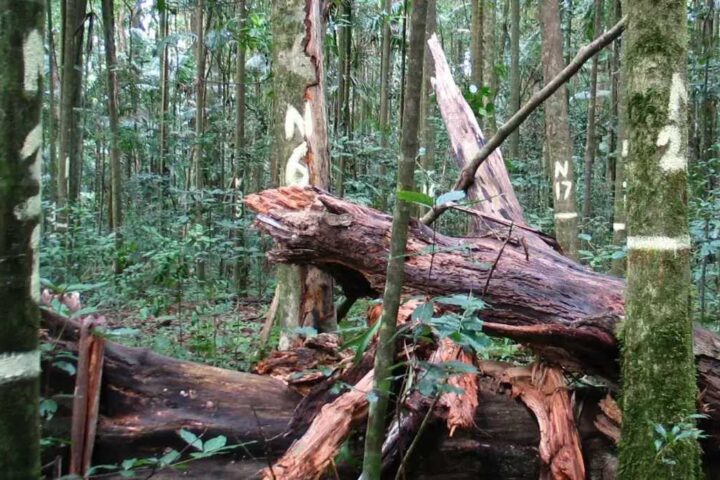
Queensland Rainforests Flip From Sink To Source; “First In The World,” Says University Team
Environment 📅 Oct 26, 2025 ⏱️ 3–4 min interactive Queensland’s Tropical Rainforests Now Release More Carbon Than They Absorb A long-term record from north‑eastern Australia reports a shift in above‑ground biomass balance:

Vipers Hit Target In 21.7ms: High‑Speed Study Times 36 Venomous Species
Science High‑Speed Cameras Reveal How Venomous Snakes Bite Fast strikes, different tactics: vipers top the speed chart, with an Australian death adder close behind. 📅 Oct 25, 2025 ⏱️ 5 min read

Dusky Sharks Kill Snorkeler In Israel’s First Recorded Fatality—Study Cites “Begging” Behavior And GoPro Lure
Feature image: Dusky shark (Carcharhinus obscurus), CC BY 2.0 Marine Safety · Field Note Dusky Sharks in Hadera: Rare Fatal Attack & Verified Context A snorkeler was fatally bitten off Hadera, Israel,
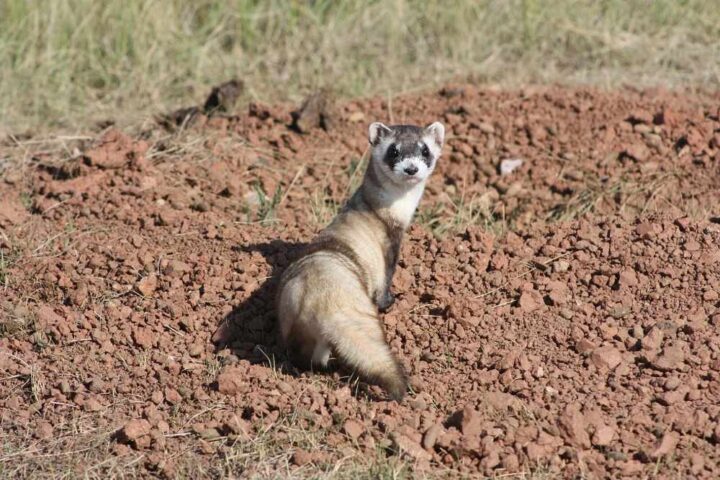
Trump Interior RIF Plan Puts 2,050 Jobs On The Line—132 At Fish And Wildlife Service
Court Filings • Case 3:25-cv-08302-SI Trump Administration Moves to Cut Over 2,000 Wildlife Conservation Jobs A federal judge issued a Temporary Restraining Order (TRO) pausing Interior Department reduction-in-force (RIF) actions. Court filings
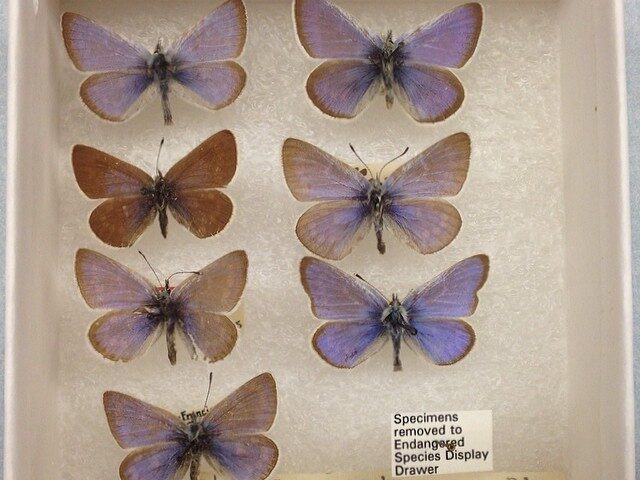
First American insect extinction proven by 93-year-old specimen DNA, restoration begins after 83 years
Specimens of the extinct Xerces blue (Glaucopsyche xerces) in a Field Museum drawer—an archive that helped confirm it as a distinct species and the first U.S. insect lost to human-driven habitat change.
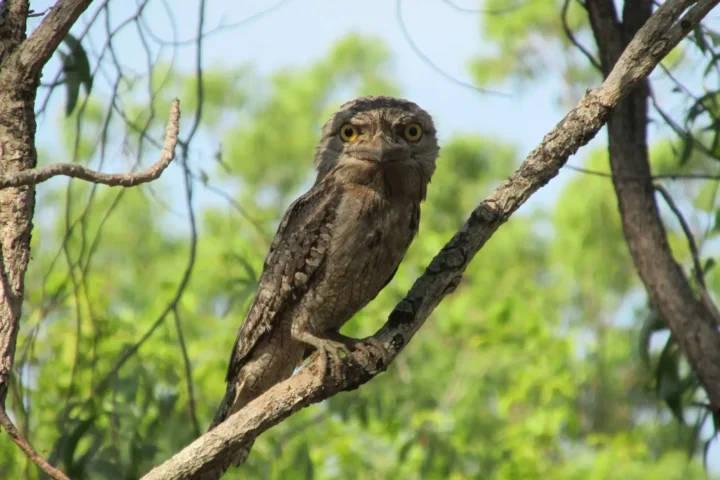
Australian Bird Of The Year 2025: Tawny Frogmouth wins with 11.8k — see the full final-round split and top-10
Australian Bird of the Year 2025: Tawny Frogmouth Takes the Crown Final vote placed the tawny frogmouth ahead of Baudin’s black cockatoo and the gang-gang cockatoo after 313,000+ total votes. Final Round:
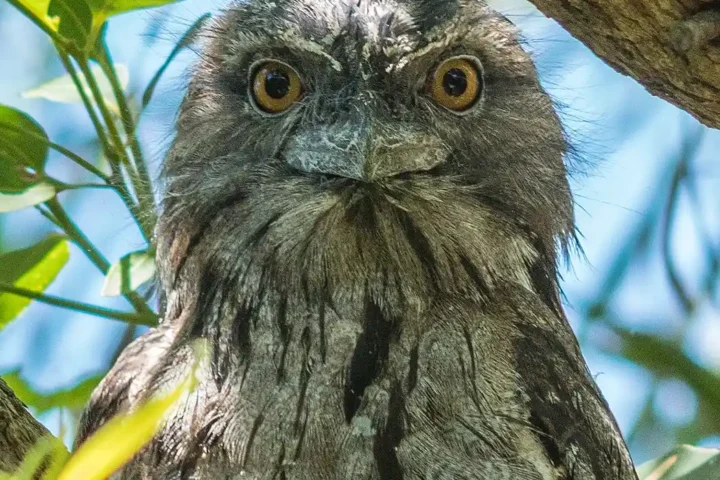
Tawny Frogmouth Wins Australia’s Bird Of The Year 2025 With 11,851 Votes—Top-10 And Tight Margins Inside
Wildlife Tawny Frogmouth wins Australia’s Bird of the Year 2025 Final votes, quick facts & how to join the Aussie Bird Count (20–26 October 2025). 📅 October 16, 2025 ⏱️ ~3 min
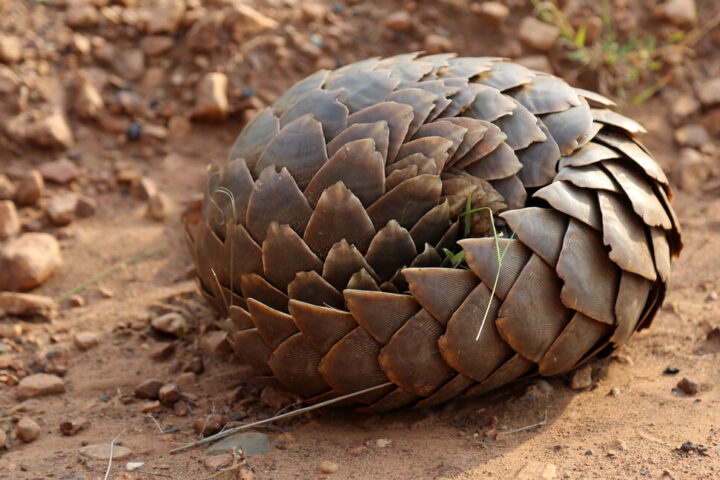
India targets 11,000 species assessment by 2030 amid 6.33% plant evaluation gap
India’s National Red List Assessment Initiative 🌿 India’s National Red List Assessment Initiative 🌿 Documenting Biodiversity • Assessing Threats • Protecting Heritage At the IUCN World Conservation Congress in Abu Dhabi on

UK 220-Metre Dinosaur Trackway: Sauropod Line At Dewars Farm—Exact Print Count And Pace Inside
Science & Environment Huge Dinosaur Trackway in Oxfordshire: A 220‑Metre Sauropod Trail at Dewars Farm Quarry A continuous Middle Jurassic footprint line (~166 million years) has been mapped at Dewars Farm, with


